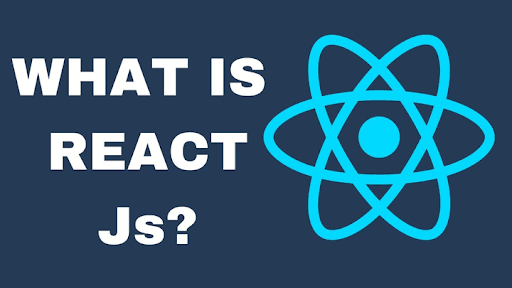React Framework vs Angular- Pros, Cons and Key Differences
By:
Rida Jauhar

Published Date:
May 29, 2025
Introduction
Choosing the right front-end framework can make your project a success or failure. Two of the most widely used tools, React framework vs Angular, dominate the web development landscape but cater to different purposes. Facebook maintains React, a versatile JavaScript library for constructing user interfaces. Google created Angular, a complete framework with integrated solutions.
This comparison lays out their strengths, weaknesses, and best fit cases. Either as a startup or an enterprise, being able to know the difference assists you with selecting the ideal tool for your project.
What is React?

A JavaScript package called React is used to create interactive user interfaces. Since React is the language used in custom software development. It only addresses the view layer and is not a full framework, developers can integrate it with additional frameworks for routing, state management, and other features.
Major features of React:
- Utilizes a virtual DOM to provide quick updates
- Component-Based Architecture
- Large ecosystem with libraries such as Redux & Next. Js
- Simple to learn for JavaScript coders
Applications that are dynamic and require speed and flexibility are best suited for React. For instance, Facebook, Instagram, and Airbnb employ it because of its scalability and instantaneity.
What is Angular?

Angular is a full front-end framework from Google. In contrast to React, it gives you everything out of the box state management, forms, routing, and HTTP clients.
Key Characteristics of Angular
- Two-way data binding for live updates
- Built-in dependency injection
- Uses TypeScript for enhanced error checking
- Solid infrastructure for big applications
Angular suits enterprise apps where consistency and long-term maintenance are priorities. Google, Microsoft, and Forbes rely on it for complex applications.
Differences between the React Framework and Angular

Here is a brief comparison to guide you:
| Flask | React | Angular |
| Type | Library | Full Framework |
| Language | JavaScript | TypeScript |
| Learning Curve | Easier for JavaScript developers | Steeper due to complexity |
| Performance | Faster (Virtual DOM) | Slower (Real DOM) |
| Best For | Dynamic UIs, SPAs | Enterprise apps |
Learning Curve
React is easier for developers who know JavaScript. Angular involves learning TypeScript and its structured format.
Performance
React’s virtual DOM is quicker for frequent updates. Angular’s real DOM is slower for big apps but provides better long-term organization.
Community and Ecosystem
React has a bigger following as well as tools. Angular is supported by official support, so it is stable for heavy-duty projects.
Use Cases
React works best for single-page apps (SPAs) and startups needing quick iterations. Angular fits enterprise apps requiring strict coding standards.
Why To Choose React vs Angular?

Choose React if:
- You require a lightweight solution for dynamic user-interfaces
- Your team is proficient with JavaScript
- You desire more rapid development through reusable parts
- Your project could scale unexpectedly
Why to Choose Angular vs React?
Choose Angular if:
- You’re developing a big, long-term enterprise application
- Your group enjoys organized, opinionated structures
- You require native tools rather than external libraries
- TypeScript’s strict typing is advantageous
Conclusion:
Both angular and react framework have their individual strengths. React provides flexibility and quick responses, whereas Angular offers structure and included solutions. Your decision is based on project size, team capabilities, and future ambitions. For startups and fast-moving projects, React is often the better pick. For large-scale, maintainable apps, Angular shines. Still unsure? Try building a small project in both to see which fits your workflow at Launchbox Global
Frequently Asked Questions:
React Framework vs Angular: which one is better?
React outperforms Angular with high-performing apps. The digest cycle in Angular applications makes a codebase structure easier, which ensures faster rendering and server-side performance and speed. However, React has a virtual DOM, rendering updates faster and ensures speedier performance.
Why do People Choose React Framework vs Angular?
Angular is a fully fledged framework. It has many in-built tools, e.g. Pipes, which will make your code more readable and easy to manage. React, on the other hand, can be more flexible when adding third-parties libraries.
Is React front-end or back-end?
React is primarily a frontend library used for building user interfaces in web applications. It’s designed to create interactive, responsive, and efficient UI components that run in the user’s browser. While React doesn’t handle server-side logic or data management, it’s often used in conjunction with backend technologies to create full-stack applications.
Is Angular front-end or back-end?
Angular is primarily a front-end framework. It’s used for developing user interfaces and single-page applications (SPAs) that run in a web browser. While Angular can interact with backend services and APIs to fetch or update data, its core function is to manage the presentation layer on the client-side.
Why choose Angular?
Flexibility and excellent performance peculiar to Angular make it a perfect solution for building high-load enterprise apps. Angular’s CLI allows developers to minimize the size of component files, which makes it a perfect choice for building high-load apps working with large data volumes.